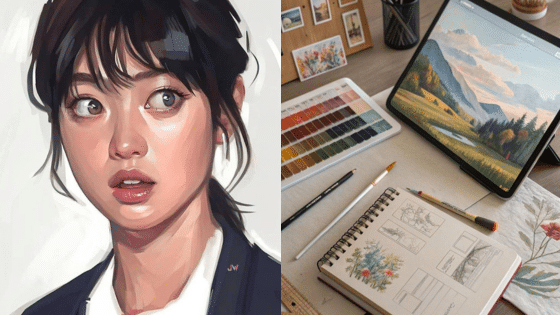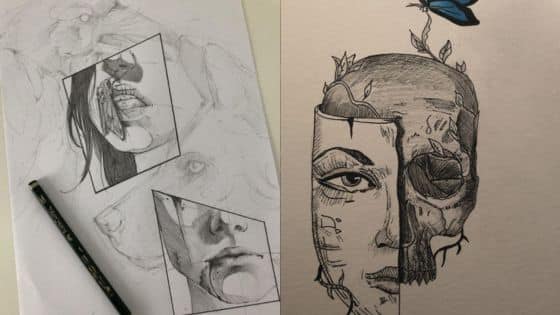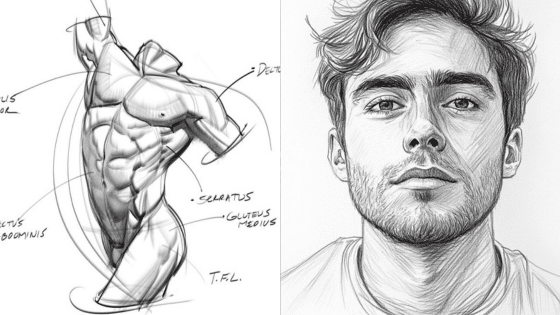Storyboarding for comics is a crucial step that can dramatically enhance your storytelling. By planning your comic visually, you create a roadmap that clarifies how each panel contributes to the narrative flow. This process helps in visualizing characters, settings, and action sequences, ensuring that your story unfolds seamlessly to the reader.
When you engage in storyboarding, you turn abstract ideas into concrete visuals. This approach not only helps in organizing your thoughts but also emphasizes the pacing and transitions that are vital in comics. As you craft your storyboard, you will discover how each element interacts, revealing the potential of your story in a more compelling way.
Using the right techniques and tools can elevate your storyboarding process. This phase is about finding what works for you, whether it involves traditional sketches, digital platforms, or a combination of both. The focus should always remain on how these visuals can effectively convey your narrative, helping you connect more deeply with your audience.
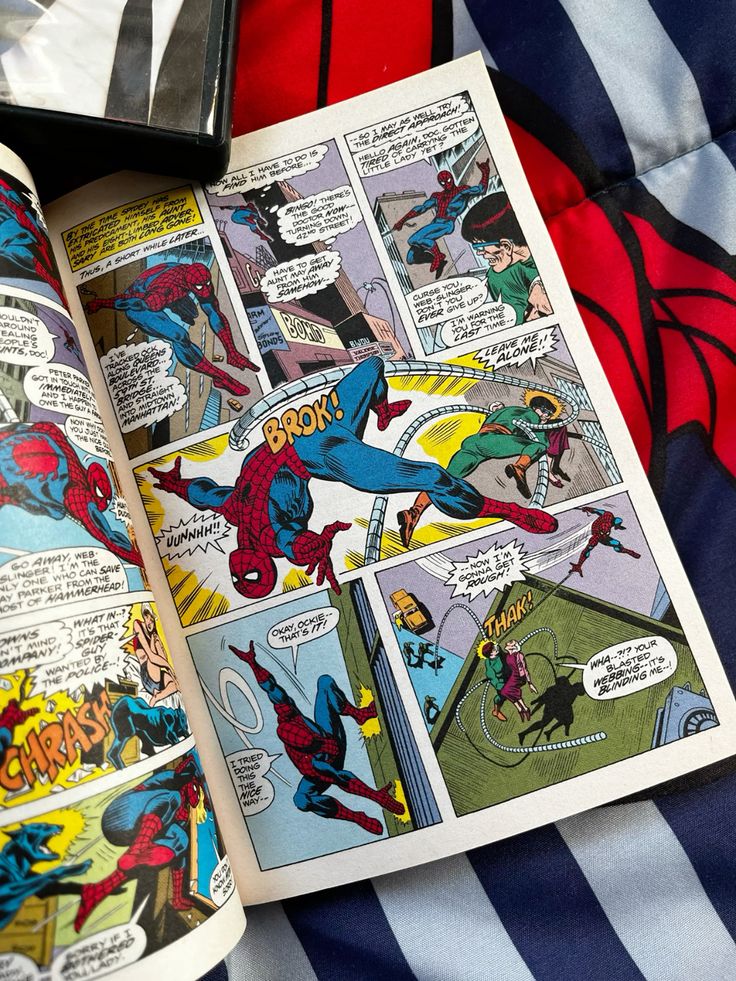

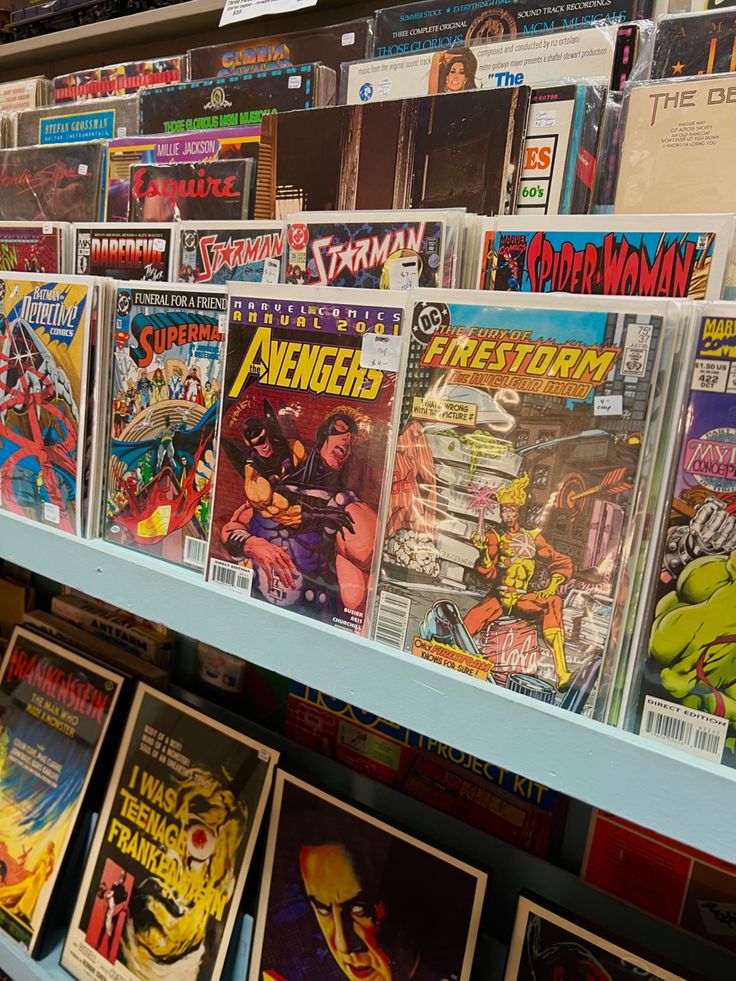
Key Takeaways
- Storyboarding clarifies the narrative flow and visual elements of your comic.
- It allows you to organize ideas and determine pacing.
- The right techniques and tools can enhance your visual storytelling.
Fundamentals of Storyboarding for Comics
Storyboarding serves as a roadmap for your comic, guiding the visual narrative and ensuring a cohesive storyline. Understanding its components is essential for effective storytelling.
Understanding Storyboards and Their Purpose
Storyboards are a series of illustrations that outline the sequence of events in your comic. They help you visualize scenes before committing to final artwork. Each panel represents a moment in your narrative, guiding the reader through the storyline.
The storyboard allows you to plan the flow of action and pacing meticulously. By visualizing characters, backgrounds, and interactions, you can identify any gaps or pacing issues early. This clarity is vital for creating a compelling comic that resonates with readers.
The Role of Storyboarding in Visual Storytelling
Visual storytelling relies heavily on how you present content in your comic. Storyboarding bridges your narrative and visual components by determining how scenes transition. A well-structured storyboard highlights key moments and emotional arcs, maintaining reader engagement.
Effective storyboarding enhances narrative flow. You control how much time a reader spends on each panel, influencing tension and drama. This technique helps shape readers’ emotional responses, elevating the impact of your story.
Key Components: Panels, Dialogue, and Pacing
Each comic consists of panels that depict key actions, often accompanied by dialogue or narration. Your choice of panel sizes affects the pacing and rhythm of the story. Larger panels may emphasize crucial moments, while smaller panels can quicken the pace.
Dialogue placement is just as critical. It should complement the visuals without overshadowing the artwork. Ensure that dialogue flows naturally, aligning with the characters’ actions and emotions.
Pacing ties everything together. Adjust the number of panels per page and their layout to create tension or relaxation within the story. By mastering these components, you create a seamless visual experience that guides your audience through your comic.


Creating the Comic Storyboard
A comic storyboard serves as a blueprint for your comic, guiding the flow and visual structure. This section will cover planning the layout, creating rough sketches, and incorporating text elements effectively.
Planning Your Comic’s Layout
Begin by outlining your comic’s narrative. Identify key plot points and how they will transition across the pages. Use a grid system to visualize the flow of action. Think about pacing; some scenes may require more panels for tension, while others can be quicker.
Decide how much space each panel will occupy. Consider the importance of establishing shots to set the scene. This helps readers understand the context before diving into the action. Organize your panels logically, maintaining clarity in storytelling.
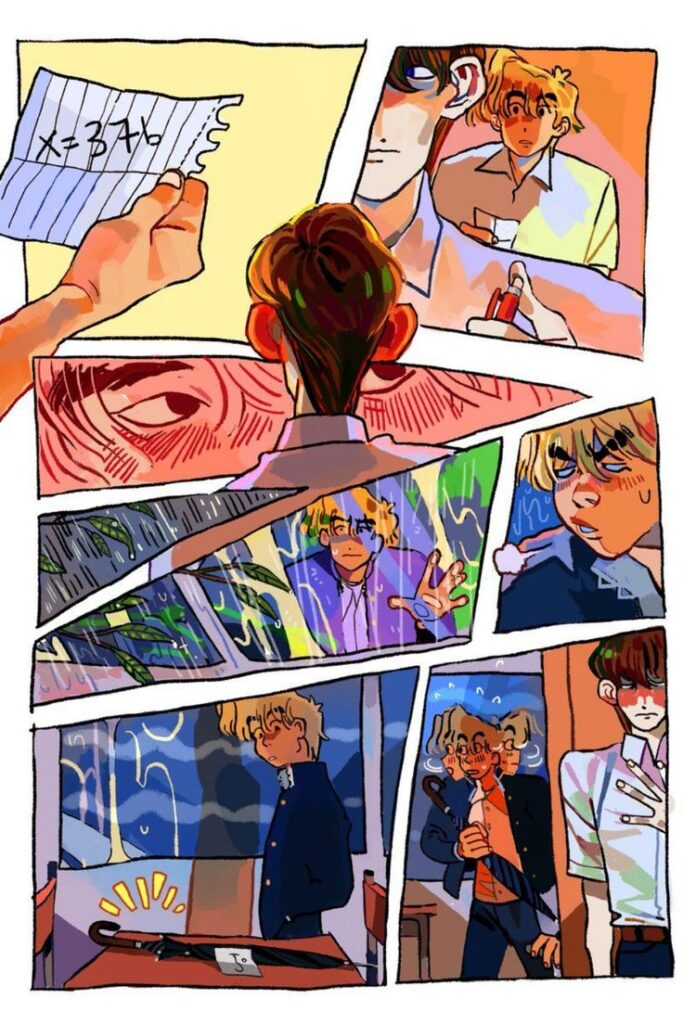
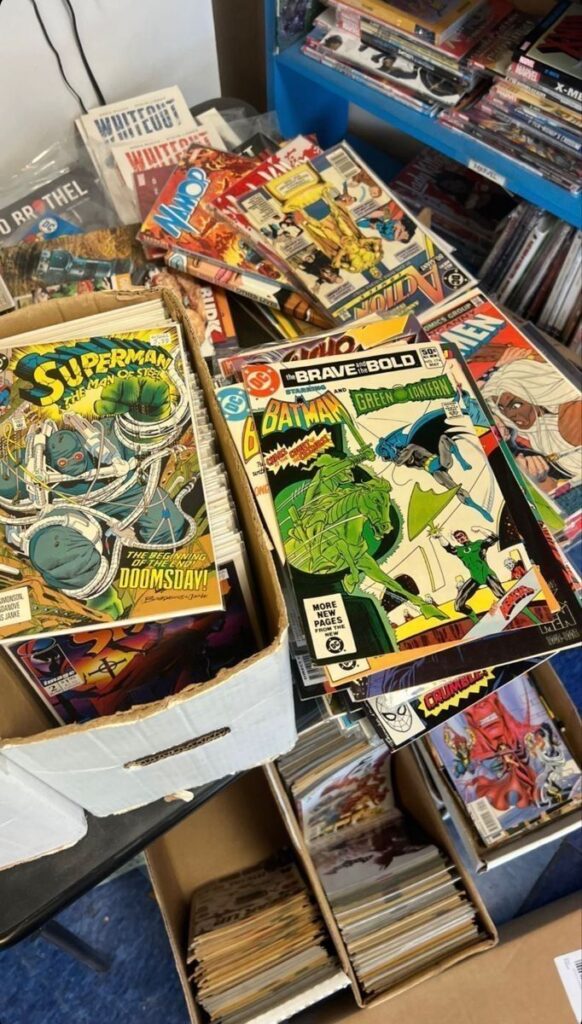
Sketching Rough Thumbnails and Establishing Shots
Create rough thumbnails to map out each page. Focus on composition and perspective rather than details. These small, simple sketches help visualize scenes quickly.
Pay special attention to establishing shots. These shots set the location and ambiance, giving readers a context for your scenes. Ensure your thumbnails communicate essential actions and emotions, utilizing dynamic angles where appropriate.
With thumbnails in place, you can experiment with panel arrangements. This helps ensure a smooth visual flow and effective pacing throughout the story.
Detailing Panels and Incorporating Text Elements
Once you finalize your layouts, begin detailing each panel. Flesh out character designs and backgrounds, using clean lines and distinct shapes to guide the viewer’s eye.
Integrate text elements thoughtfully. Use captions for narration and context, while speech bubbles and thought bubbles convey dialogue and internal monologue. Keep the font legible and appropriately sized to fit within panels without overcrowding them.
Balance the visuals and text to enhance storytelling. The right combination helps convey tone while maintaining engagement. Aim for clarity and consistency in your presentation for optimal reader experience.


Artistic Considerations in Storyboarding
Effective storyboarding involves multiple artistic elements that significantly impact the storytelling process. You must pay attention to composition, perspective, character expressions, and camera angles to enhance the readability and emotional depth of your comic.
Composition and Perspective in Panels
Composition is crucial in guiding the reader’s eye across the page. A well-balanced panel layout can create flow, emphasizing important actions or emotions. Use a mix of panel sizes; large panels can highlight climactic moments, while smaller ones can build tension or showcase reactions.
Perspective shapes how readers perceive depth and action. Employing techniques such as one-point and two-point perspective adds realism and dimension. For example, a dramatic angle can intensify an action scene, drawing the reader deeper into the narrative. Remember to maintain a consistent vanishing point to avoid disorienting the audience.

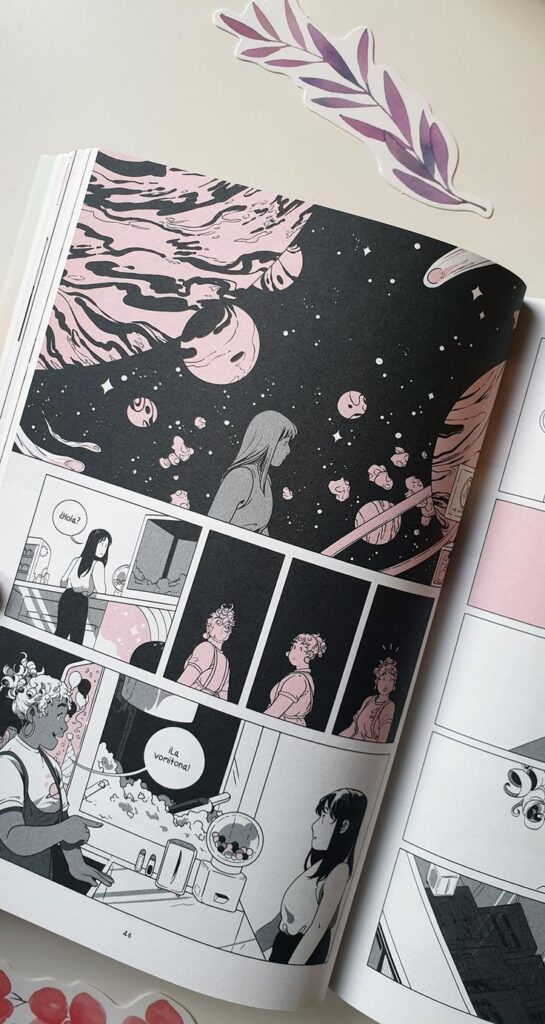
Crafting Character Expressions and Designs
Facial expressions are key to conveying emotions and intentions. Each character should have a distinct design that reflects their personality. Utilize a range of expressions, from subtle changes in the eyes to exaggerated mouth movements, to capture complex feelings.
When designing characters, consider their backgrounds and roles within the story. A hero may appear bold, while a villain might exhibit sharper features. Consistency in character design allows readers to connect emotionally. Sketch expression sheets as reference points to maintain continuity throughout the panels.
Employing Effective Camera Angles and Shots
Camera angles dictate the mood of a scene. Wide shots can capture the environment and context, while close-ups emphasize characters’ emotions. Choose angles that enhance critical moments; a low angle can make a character appear more powerful, while a high angle can suggest vulnerability.
Experiment with unconventional angles to create visual interest. Diagonal shots can add dynamism, whereas static angles may stabilize quieter scenes. Be mindful of transitions between shots to maintain narrative coherence and ensure the reader follows the storyline seamlessly.
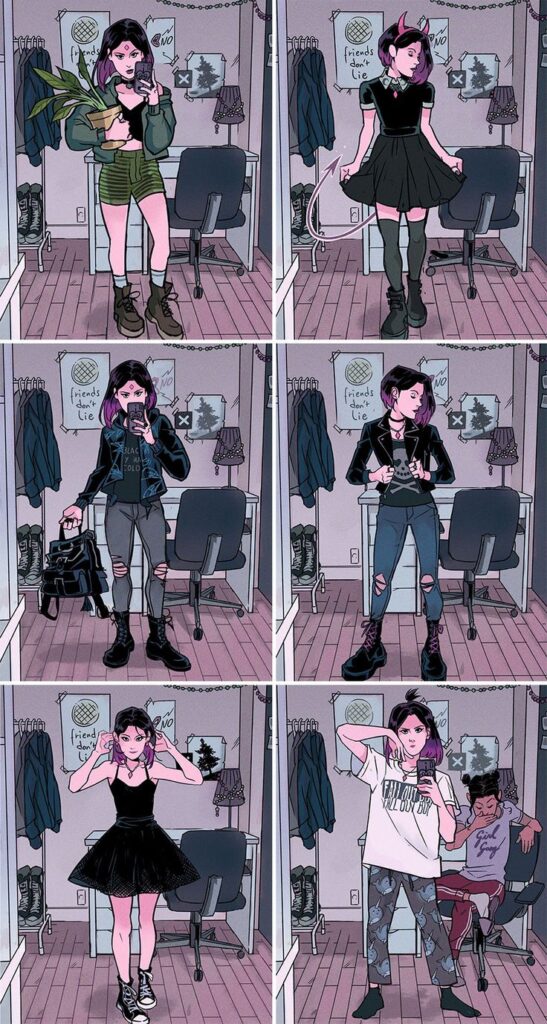
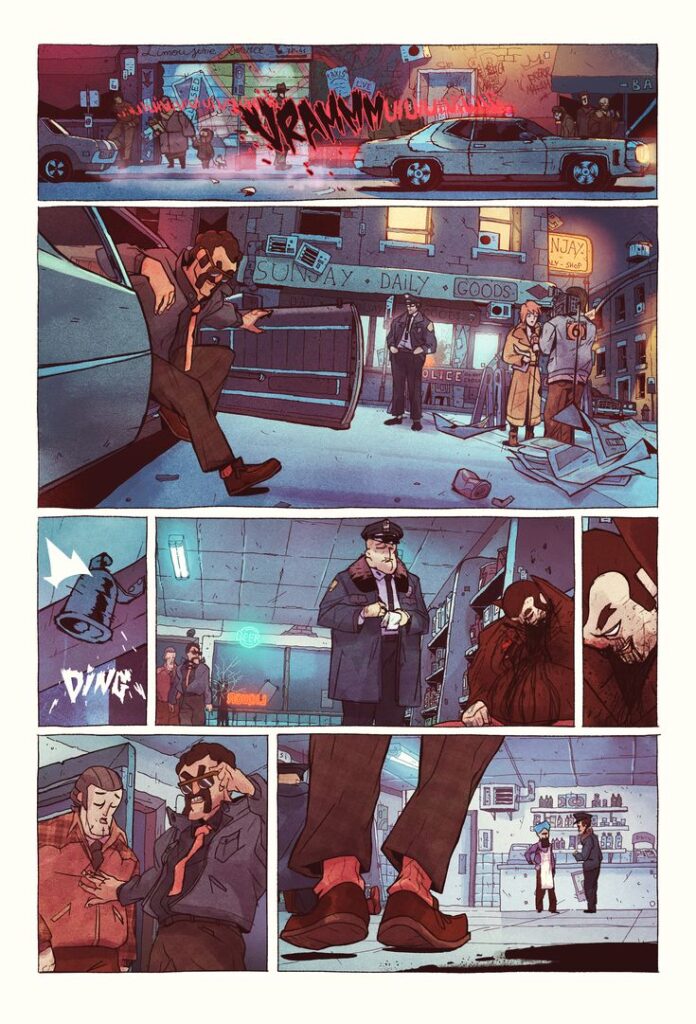
Utilizing Storyboarding Tools and Techniques
Effective storyboarding relies on the right tools and solid techniques. You’ll discover how to choose appropriate software and templates, implement methods for coherent narratives, and engage in refining your work throughout the comic creation process.
Choosing Storyboarding Software and Templates
Selecting the right storyboarding software is crucial for efficient planning. Look for options that offer customizable storyboard templates tailored for comics. Programs such as Storyboarder, Clip Studio Paint, and Toon Boom provide robust features for layout and panel organization.
Consider using free storyboard templates to kickstart your process. These can often be found online and serve as a foundation for your work. Choosing software that allows for easy adjustments ensures you can maintain continuity throughout your narrative.
Techniques for Coherent Visual Narratives
Establishing coherent visual narratives involves both effective panel layouts and informed choices about visual storytelling. Begin with rough sketches to visualize scenes and their transitions clearly. This can help you determine efficient pacing and maintain a flow that aids reader comprehension.
Utilize techniques like thumbnailing for quick iterations of your scenes. This allows you to focus on the sequence and placement of panels without getting bogged down by details. Consistency in character design and background elements enhances continuity and strengthens your comic’s overall impact.
Refinement and Experimentation Processes
Refining your storyboard is an essential step in the comic creation process. After completing your initial sketches, review them critically. Look for areas that can be improved in terms of clarity or visual interest.
Experimentation plays a vital role here. Try different panel sizes, angles, and compositions to see what resonates best. Variation can bring dynamism to your pages. Gather feedback during this phase to help identify any confusing elements and guide your revisions for a polished final product.
- 3.4Kshares
- Facebook0
- Pinterest3.4K
- Twitter0
- Reddit0








